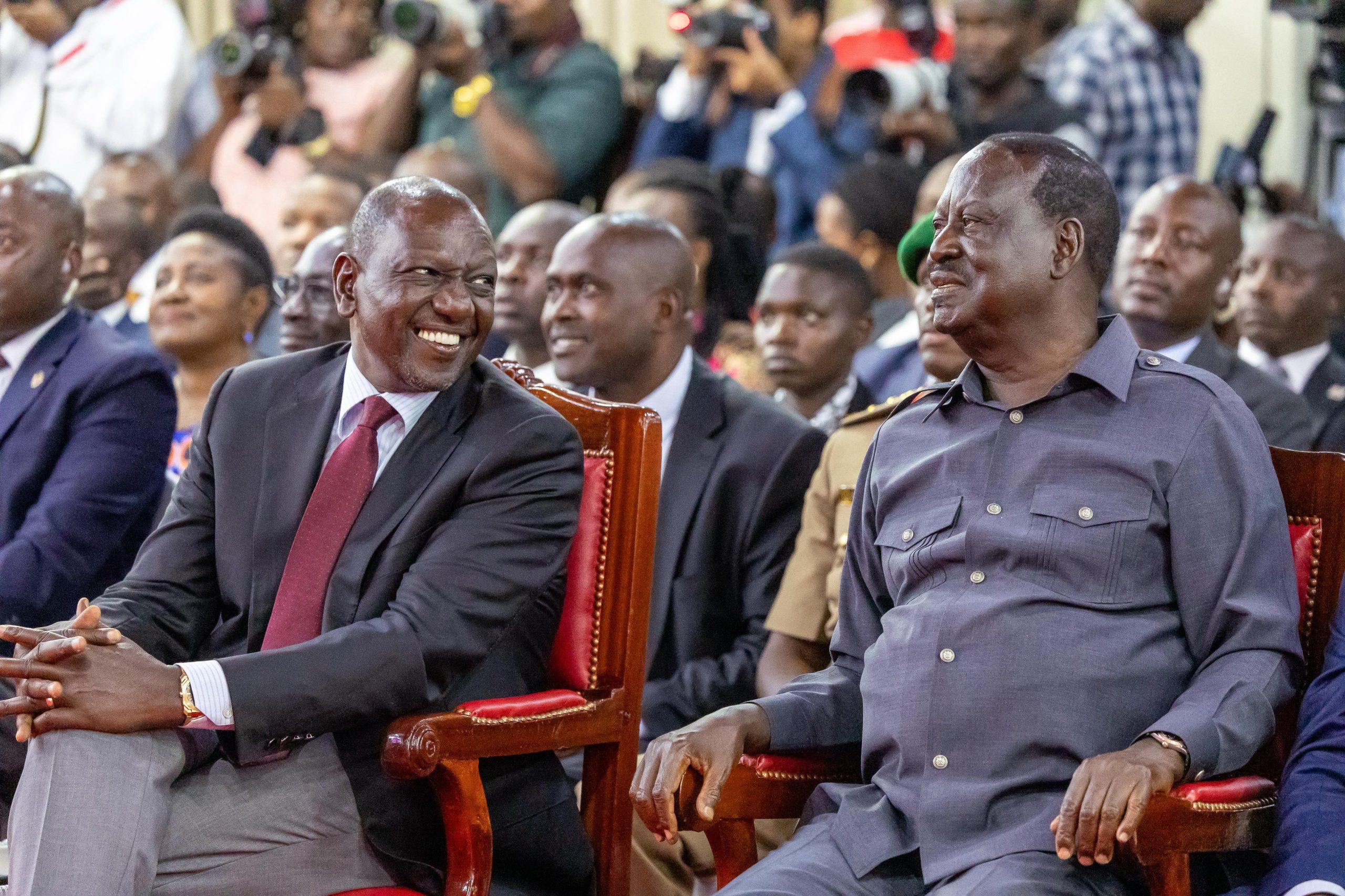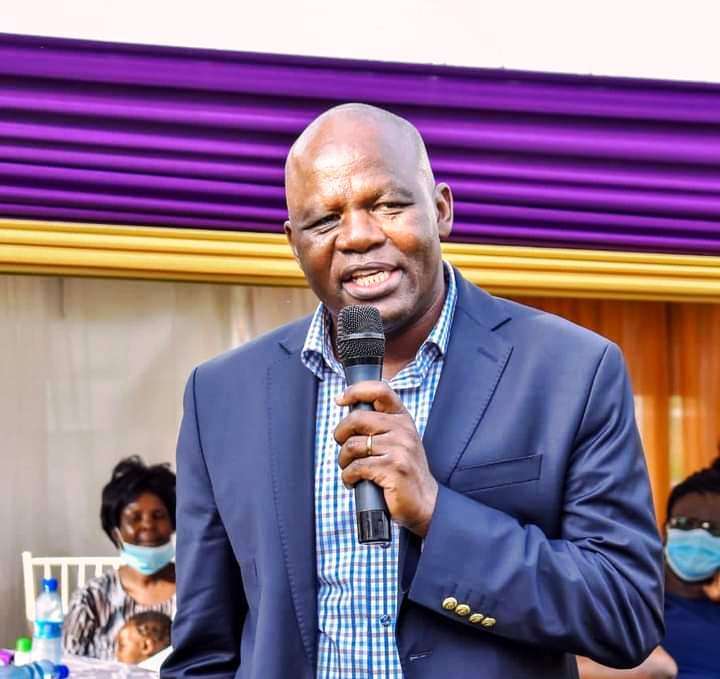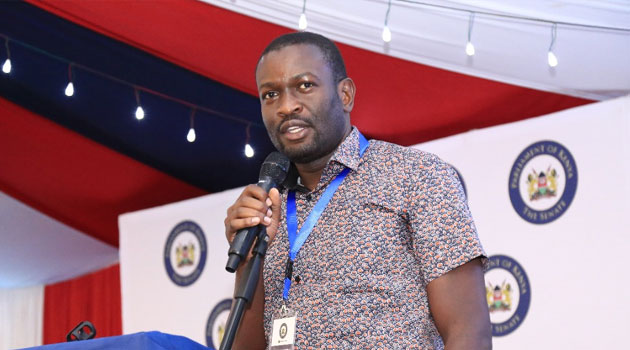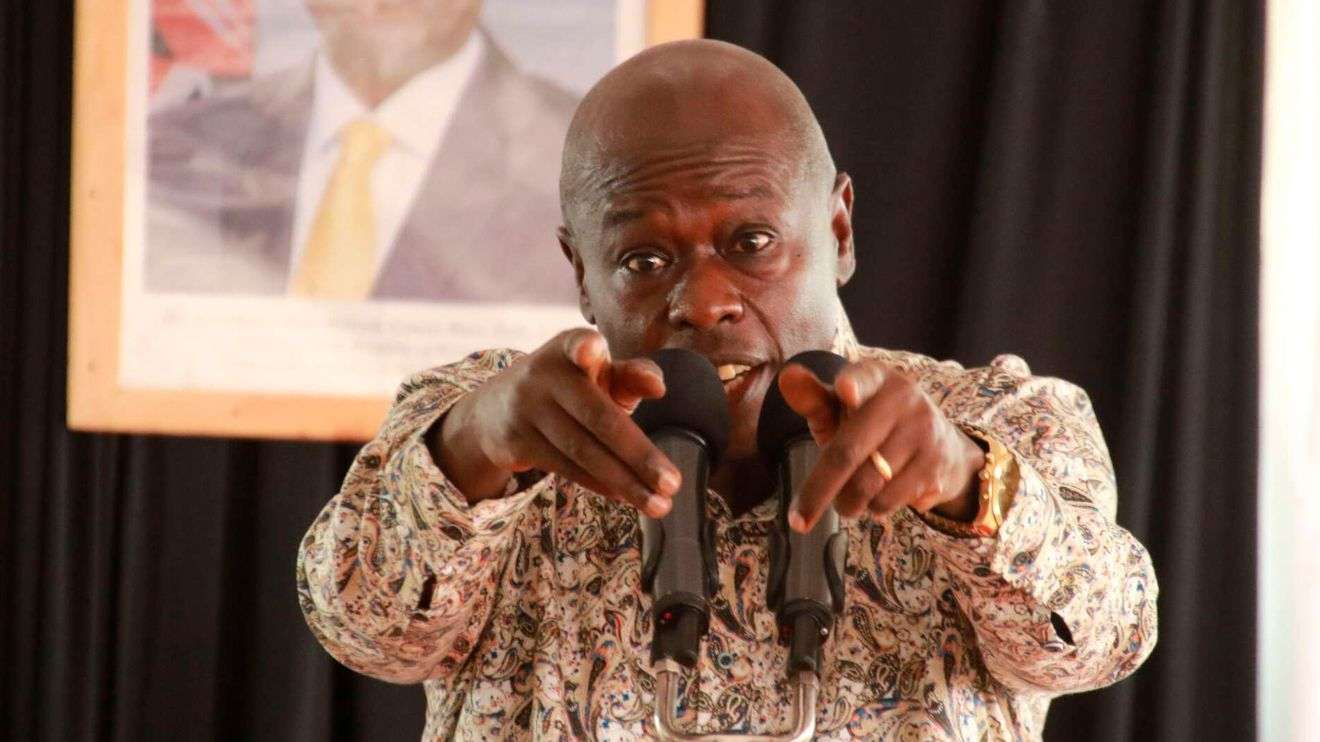With nearly two years until Kenya’s 2027 general election, the political landscape is witnessing dramatic realignments. In a surprising development, former Prime Minister Raila Odinga’s Orange Democratic Movement (ODM) is engaged in high-level talks with President William Ruto’s United Democratic Alliance (UDA) to form a formidable coalition. This potential alliance, which could include other Kenya Kwanza-affiliated parties like Ford-Kenya, aims to reshape Kenya’s power dynamics and sideline the traditional opposition bloc.
Insiders suggest the coalition is designed to secure a decisive first-round victory in the 2027 presidential election. The involvement of Raila’s elder brother, Senator Oburu Odinga, in the planning underscores ODM’s strategic shift. Speculation is rife that Raila, a veteran opposition leader, may not contest the presidency for a sixth time, marking a historic departure from his decades-long challenge to the ruling establishment.
Sources close to ODM’s leadership indicate Raila is unlikely to run in 2027, potentially paving the way for an endorsement of Ruto. Siaya Senator Oburu Odinga confirmed that ODM is exploring partnerships with ideologically aligned parties, signalling the dawn of a new political order.
The motivations behind ODM’s pivot are clear. The party appears isolated from an emerging opposition coalition led by Wiper’s Kalonzo Musyoka, former Interior CS Fred Matiang’i, Narc Kenya’s Martha Karua, and former Defence CS Eugene Wamalwa. Analysts argue that Raila’s role in this opposition bloc is negligible, leaving ODM with three options: run independently, join the government, or risk political irrelevance.
Negotiations between ODM and UDA focus on creating a new political vehicle, distinct from the “Kenya Kwanza” brand and Ruto’s “bottom-up” slogan. ODM leaders insist on a complete rebrand to differentiate the coalition from Ruto’s 2022 campaign platform.
Modelled on the 2002 National Rainbow Coalition (Narc) strategy, the proposed alliance would see affiliated parties field candidates in their regional strongholds to maximise parliamentary seats. The tentative zoning plan includes:
- UDA dominating Rift Valley, parts of North Eastern, and Narok.
- ODM securing Nyanza, parts of Western, the Coast, Nairobi, and Kajiado.
- Ford-Kenya will oversee Bungoma and Trans Nzoia counties.
This regional strategy aims to deliver a parliamentary majority and a first-round presidential win.
Two power-sharing scenarios are under discussion. If ODM secures the Deputy President slot, contingent on evolving dynamics in Mount Kenya East, currently represented by Deputy President Kithure Kindiki, UDA would claim the Nairobi governorship. Alternatively, if Mount Kenya East remains loyal to the Ruto-Kindiki ticket, ODM is pushing for the Prime Cabinet Secretary role or a ceremonial Prime Minister position for Raila. Additionally, ODM seeks leadership of the National Assembly, the Senate, and strategic control of Nairobi County.
The coalition’s architects are banking on the opposition’s inability to unite behind a single presidential candidate. If Kalonzo Musyoka and Fred Matiang’i run independently, Ruto’s camp anticipates a fragmented opposition vote, boosting the coalition’s chances of a first-round victory.
This dialogue between ODM and UDA marks a seismic shift in Kenyan politics. If realised, the coalition could blur the lines between government and opposition, ushering in an era of consensus-driven politics, at least on paper. However, it raises critical questions about ideological consistency, accountability, and the future of Kenya’s multiparty democracy.
Whether this alliance delivers stability and inclusivity or merely consolidates power among political elites remains to be seen. One thing is certain: the 2027 race is already underway, and the stakes have never been higher.





